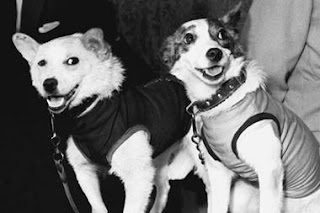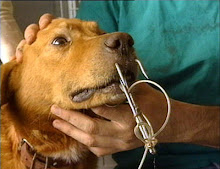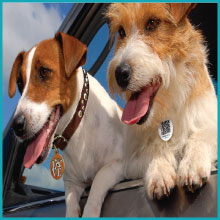$11,000 DREAM COME TRUE FOR BRAIN INJURED 2 YEAR OLD!
Surf Dog Ricochet, the SURFice dog who has won several surf dog contests, and more notably inspires people around the world as she raises awareness and funds for human/animal causes, teamed up with Endless Pools, to make a brain injured two year olds dream come true! A $11,000 therapy pool will be delivered to Finnley in the next couple weeks, as part of Ricochet's fundraiser for her.
Finnley was born with brain damage due to oxygen being cut off to her brain during delivery. She was only expected to live one to 72 hours. But, 2 years later... she is a living miracle! However, her brain damage caused cerebral palsy, seizures, and vision impairment. She's not able to walk or talk, but loves classical music. Her cerebral palsy tightens her muscles, but when she's in a pool, she's able to move her arms and legs. Her parents have been saving to purchase a therapeutic swimming pool for their home, so Finnley can get the daily therapy she needs, but it's very costly... over $11,000.

When Ricochet heard about their situation, she started fundraising for Finnley right away. Four weeks into the fundraiser, Ricochet came up with the idea of calling Endless Pools to see if they'd be willing to help her make Finnley's dream come true even sooner.
When Endless Pools heard how Ricochet lives a lifestyle of helping others by pawing it forward, saw her SURFice Dog video, and learned more about Finnley's Story, they immediately wanted to be part of the project. They "came to the rescue" and offered a significant special needs discount!! The funds Ricochet raised, coupled with the discount meant the family only had to come up with $2560, which they had in an account from previous fundraising they've done.
Finnley's mom, Care was in tears when she heard the news, and said "The pool is going to allow Finnley to get the physical therapy she so desperately needs... thank you so much, I'm so grateful" And, Finnley herself, although she doesn't talk right now, broke out into a huge smile! Click this link http://www.youtube.com/watch?v=ZPulSq6hMV8 to see it on video!
Ricochet sincerely thanks Endless Pools, and her donors for their generosity, and help in making Finnley's dream come true!
Endless Pools, Inc was founded in 1988 to create a product that allows individuals to experience the benefits of water exercise and therapy in the comfort and privacy of their own homes. Their company is dedicated to excellence in design and manufacturing, as well as courteous and comprehensive customer service. Endless Pool's goal is to build and deliver an exercise machine that can be assembled easily, that offers an infinite array of installation design solutions, and requires minimal maintenance for the pool owner. They endeavor to build Endless Pools that take up a smaller footprint, use less water, require fewer chemicals and consume less energy than traditional pools do.
Ricochet was slated to be a service dog for a person with a disability, but, due to her interest in chasing prey, she had to be released from that role. She went from service dog to SURFice dog, and is now raising funds and awareness for human and animal causes. She has raised over $48,000 in the last 10 months, and continues to inspire people all over the world with her positive energy, and charitable lifestyle










